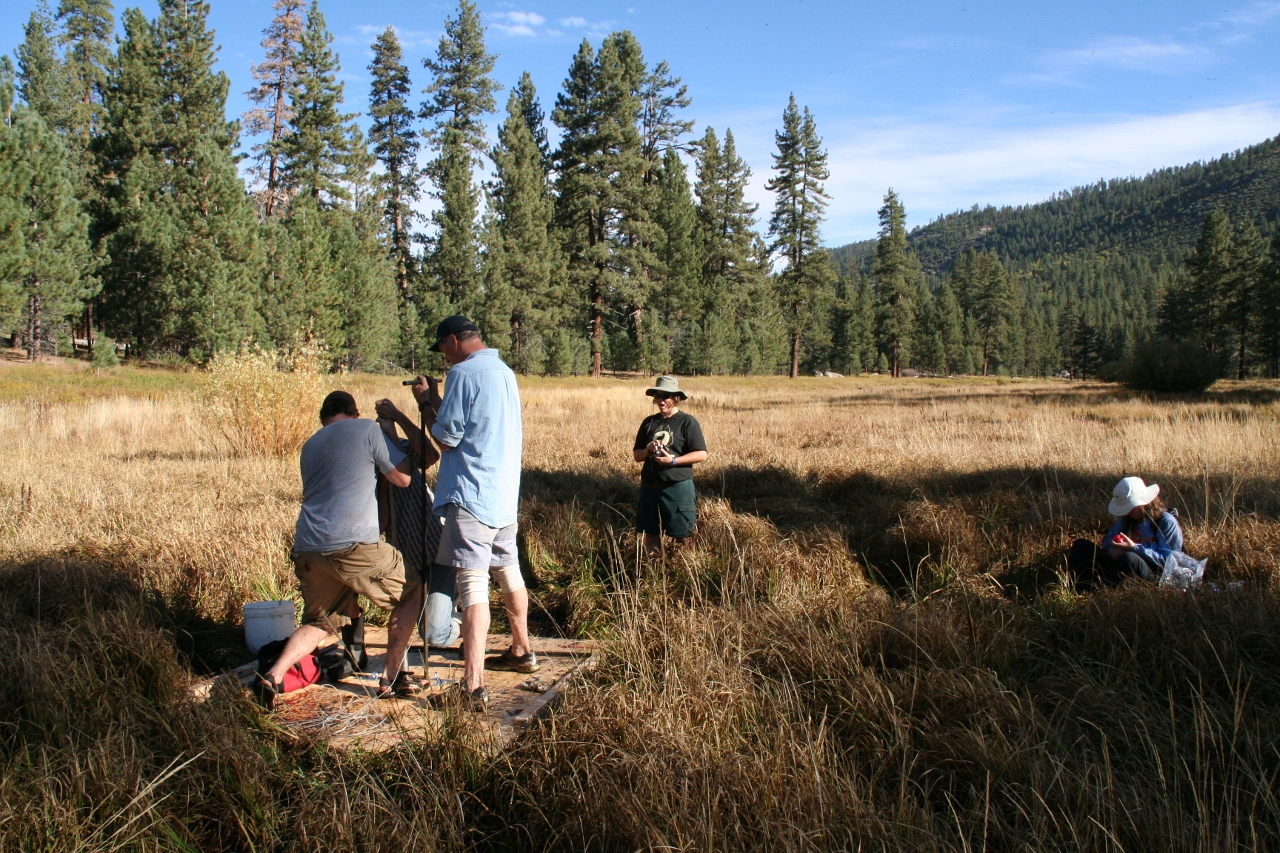Have you ever made a map in ArcGIS and wondered sadly: “wow, is this really the best I can get my map to look?” (ok, maybe that’s just me). But, if you’ve ever wondered why production quality maps look so much better than yours (let’s ignore a lot of recent journal publications here), it’s because the author cared enough to actually make the map look good. The good news? You can do it too! In this post we’re going to focus on getting your vector map out of ArcMap reliably and in to a real graphics program – Adobe Illustrator. For the following I’m assuming you have a working knowledge of Illustrator.
There are two camps of thought on using ArcMap and Illustrator together: Do most of what you can in Arc first VS. do the minimum in Arc and get it into Illustrator ASAP! What camp you’ll fall in to will likely depend on your experience/comfort with each piece of software. That’s only going to come with experience. So, play around both ways. It might feel like a time sink to mess with the same map at least twice, but in the long run your experimentation will save you a lot of time and grief, and help you develop the workflow that works best for you. I’m not going to tell you what’s best, but there are certain things you need to do regardless – that’s what we’ll focus on.
ArcMap
ArcMap has some delightful quirks when it comes to exporting your map in Adobe Illustrator (.ai) format. As G.I. Joe famously said, “knowing is half the battle”. So let’s get to knowing.
- Raster data in your “Table of Contents” = Sad Panda
If you’ve loaded a basemap into your map, remove it before you export to Illustrator. You will have to export the basemap (or any other raster) as a separate file and copy/paste it into your vector map Illustrator file. Why? Because if you include raster data your entire map will be sliced into horizontal bands on export, and it’s just a mess to deal with in Illustrator. Trust me on this. You only want VECTOR data in your Table of Contents when you’re exporting. In this case, raster and vector together is BAD. Don’t do it. Or do it, and then you’ll understand why you shouldn’t. Don’t say I didn’t warn you!
- Make sure your exported vector data STAYS vector data
You may be thinking, “it’s vector, why wouldn’t it STAY vector?!??” I’m with you on this. But remember when I said there are delightful quirks? This is one of them. Sometimes ArcMap thinks you want to rasterize your data on export. In fact, it even gives you two options on this (I don’t know why). So, make your life easier and double-check this option.
- Just say NO to transparencies
Make sure NONE of your layers have transparencies on them. Don’t worry, you can apply transparencies in Illustrator (remember, you’re exporting to Illustrator to make the map BETTER than what Arc offers). If you have transparencies in ArcMap, you’ll have that same wonderful banding/slicing issue you get when exporting raster data.
- Make sure you’re all scaled up
Ensure your page size matches your final artboard size in Illustrator. You don’t want to be resizing elements in Illustrator because then your scale bar (one of those required map elements!) will be worthless (and we don’t want that, DO WE?). So, set up the basic layout: page size, margins, scale bar, elements, basic legend, north arrow/graticules, etc.) in “Layout View”
- Export your map
One you have 1-3 taken care of, time to export your map. Simple enough! File > Export >
Adobe Illustrator
How much you follow the next few steps depends on the complexity of your map, how much editing you have to do, and how OCD you are about having cleaned up files without all the garbage layers and nesting that Arc generates. No matter what, pay attention to #1!
- “UPDATE” your text, DON’T CLICK “OK”!
The version of text that ArcMap exports is old (I don’t know why they don’t just update it, but we can deal with it so no biggie). Now, most of us are conditioned upon seeing an alert box to just click “OK” – DON’T DO IT! If you do you’ll lose all the text on your scale bar, possibly north arrow, and possibly on everything else. CLICK “UPDATE”! Otherwise, you’ll need to close the exported file and do it all over again, OR recreate everything in Illustrator. Save yourself the time and update instead
- How much nesting do we need?!??
Once you start opening the layers in Illustrator you’ll notice nesting upon nesting upon nesting. The vast majority of these nests are unnecessary (honest). So, you might want to do some cleanup and pull layers out to the top level where they’re more usable
Explaining this step is a bit involved for text (and trust me, I prefer reading instructions rather than listening to them). Until I make a brief video tutorial, I’m going to direct you to this one on YouTube https://www.youtube.com/watch?v=baIIoq4A1kk
And there you go, the basics on getting your map out of ArcMap and into Illustrator. Have any other tips/tricks to share? Leave ‘em in the comments below!










hello I love the header of your blog, it is a personal creation?
Any ideas of what settings we should be using to make the files more usable? Or should we be exporting in a different way? This seems to happen often with ArcGIS files in particular.
What exactly do you mean by making the files more usable? There’s several different setting under Export. If I know what your issue is it makes it easier to help =)